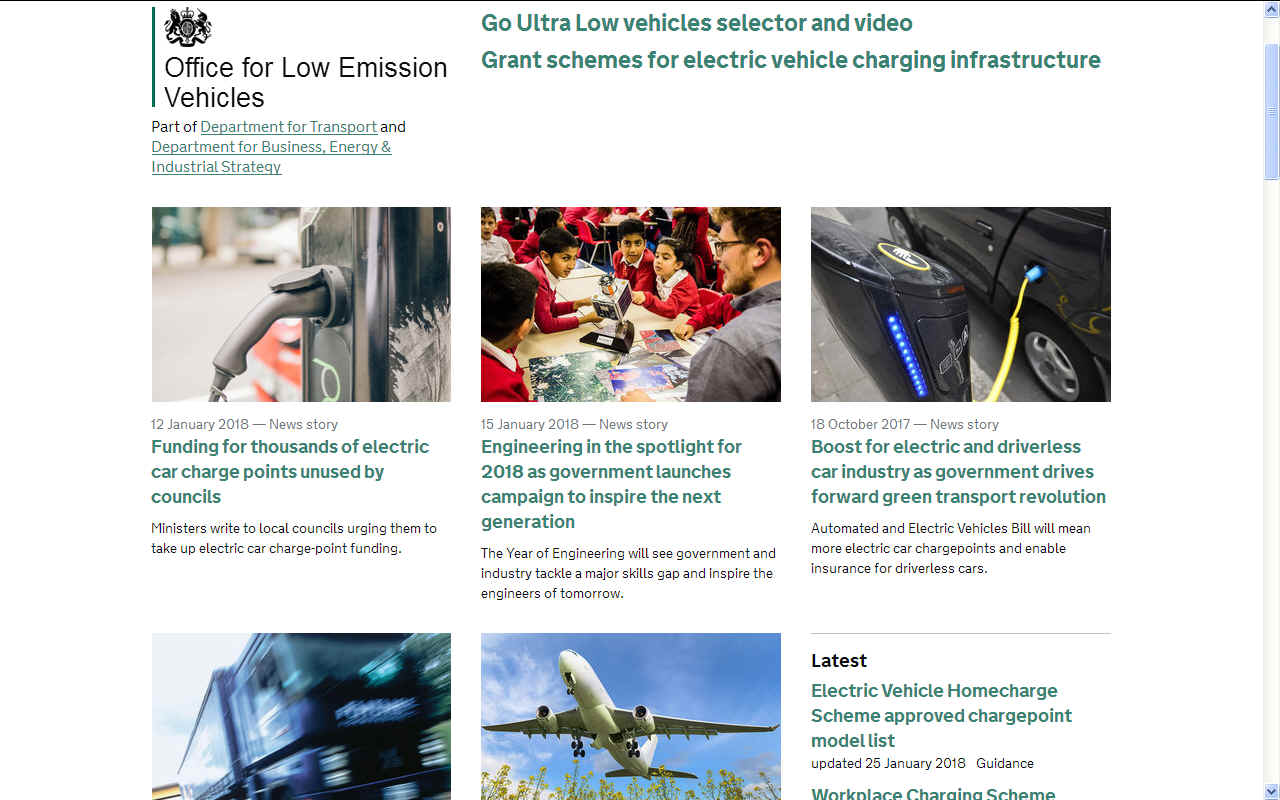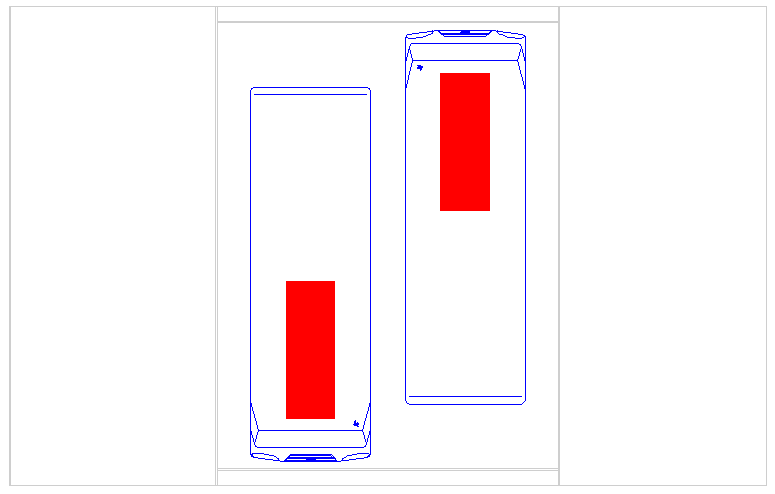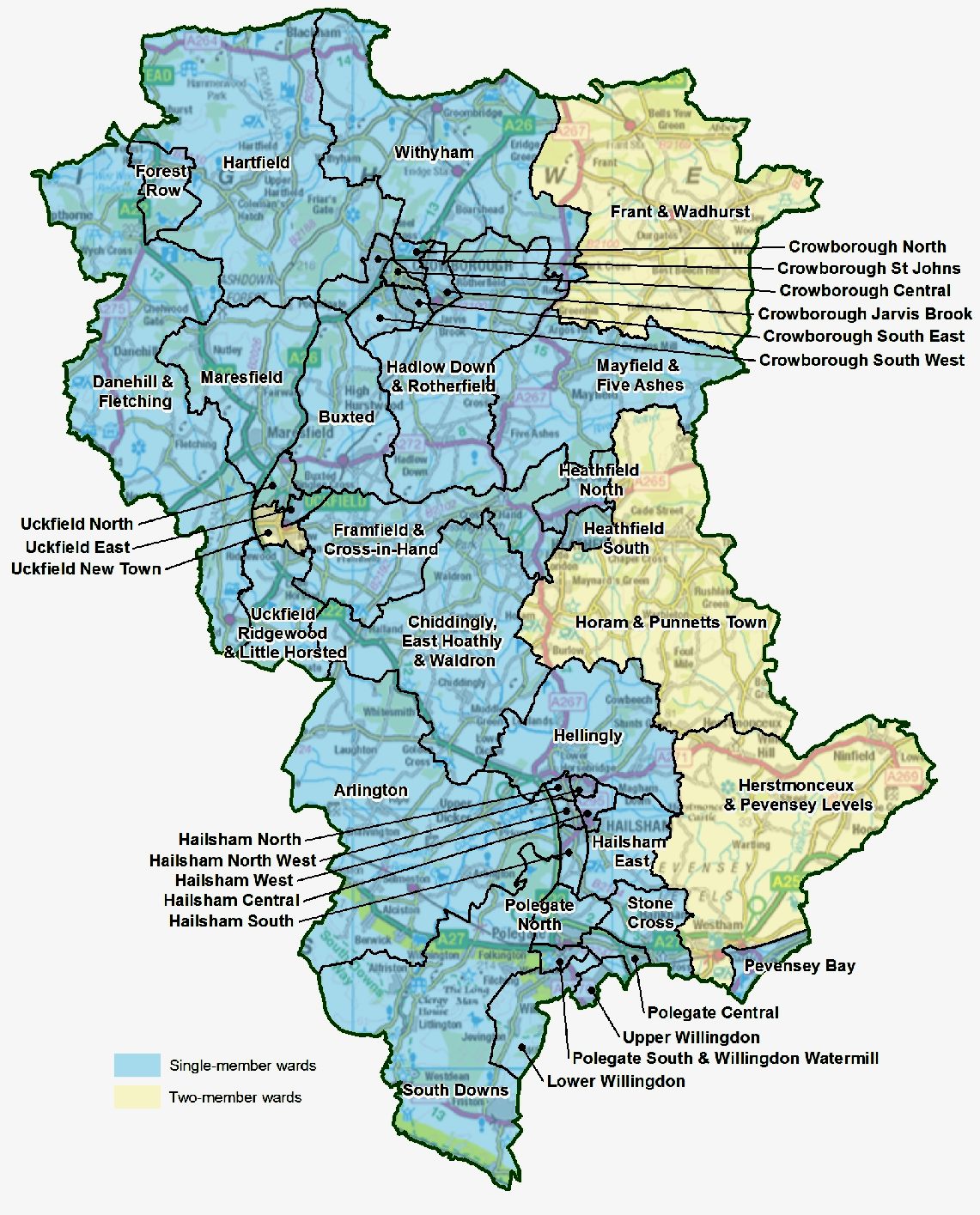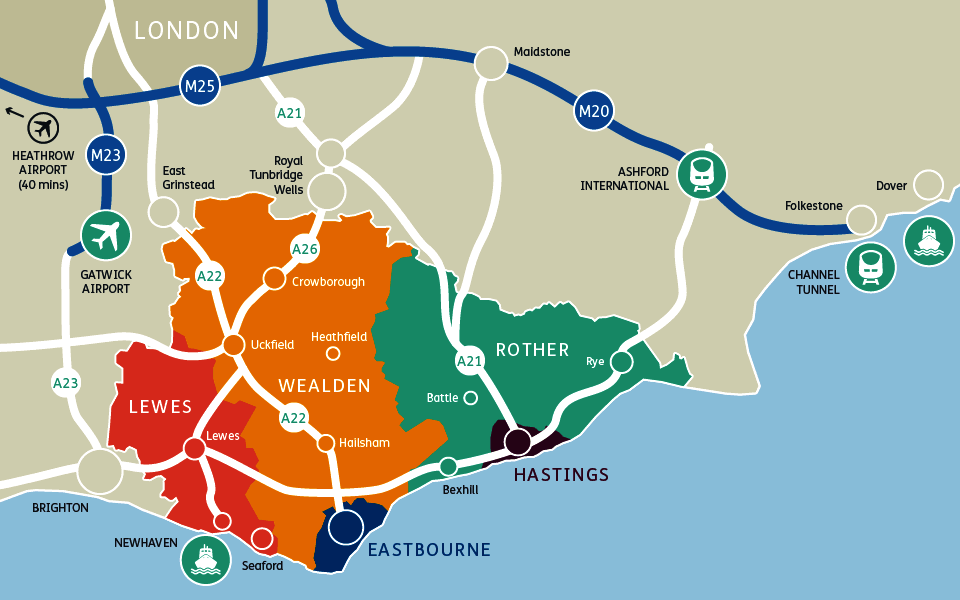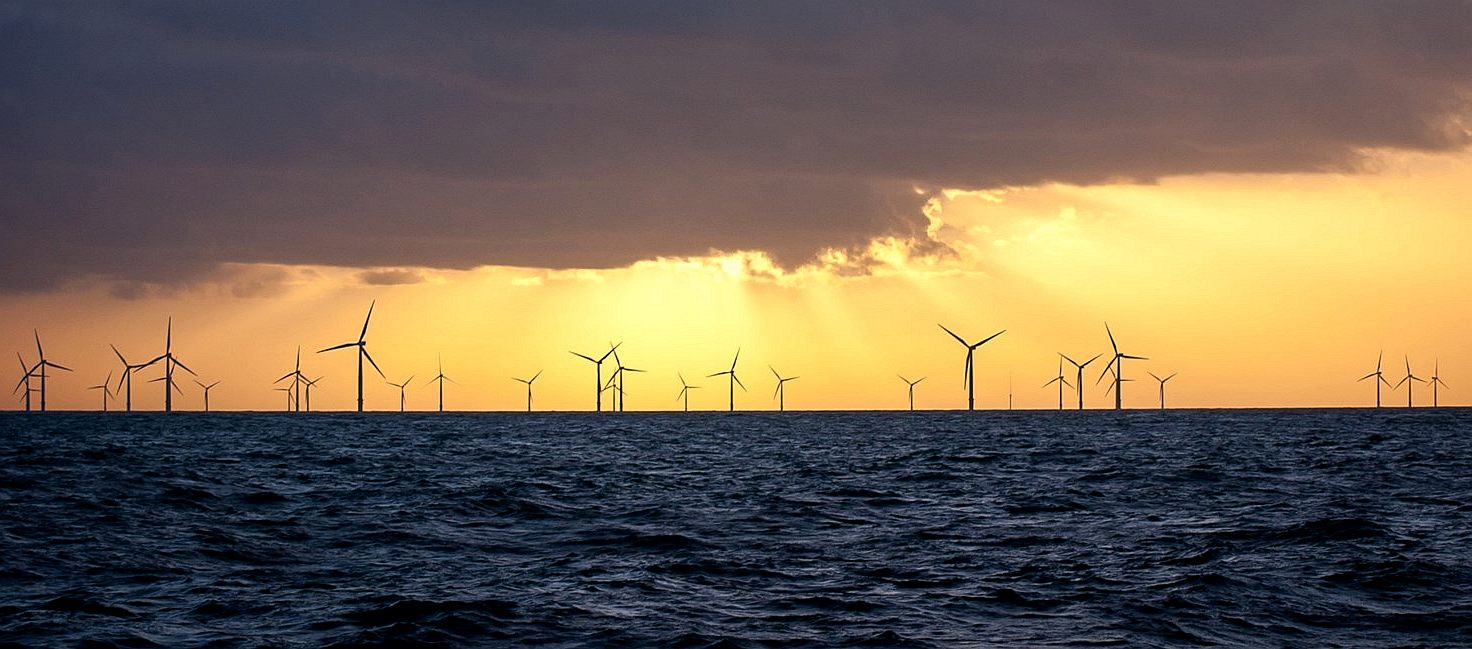|
TRANSPORT DISRUPTIVE POLICIES
AFFORDABLE | CLIMATE | DEVELOPERS | ECONOMY | FLOOD | HISTORY | HOMES LADDER | MORALS | POVERTY | PROPERTY | SLAVERY | TAXES | SLUMS | VALUATIONS | WEALTH
|
|
FOUNDATION -
Thomas Jefferson often referred to the term
'good government.' In his opinion,
a Government ought to be judged by how well it meets its legitimate objectives.
"Legitimate," being the operative word.
Transport is the life blood of any nation. We have guzzled our way into the 21st Century like a bull in a china shop without any regard for air quality or climate change, because oil is (or appeared to be) cheap energy. In fact it is not cheap at all when you consider the cost of cleaning up the mess we've made of planet earth. The same can be said of deriving electricity from coal. The resulting smog's from industrialization are carcinogenic to land based life forms as we breathe in the poisons, filtering down to acid oceans for marine life. Nuclear power is also a misnomer, with radioactive leaks and disposal problems that are unacceptable in the 'Godzilla' sense.
According to our Government website, a modern road network helps traffic move around the country more easily and is essential for economic growth. The present Conservative Government claim to have set out a long-term funding programme to create smooth, smart and sustainable roads. The say that their aim is to ensure that highways work is properly managed, and that parking enforcement on local roads is fair and effective. Great, but is the strategy working. We found no mention about the EV super highways of the future and parking enforcement is hardly applicable to strategic road provision. Let's get our priorities right shall we.
What we need is a plan of action to provide energy for 25 million low carbon vehicles before 2050. The author of this piece will be ninety by then and the rest of our present team retired, along with most of the politicians in the mix at the moment. What will our legacy be? Such an Climate Action Plan (CAP) for EVs (CAPEV), must mesh with house building of necessity for a SMART solution. The Government does not have a CAP, they have a Nip And Tuck (NAT) policy, fighting shy of cutting new cloth. If we are ever to settle our National Debt, we must build a sustainable society. A Circular Economy is not one that gets deeper into debt with each successive government's NAT policies. A Circular Economy must be built on sound economics, rather than let's win another election economics - and this means Honest Politics and Honest Politicians. The policies at the moment are anything but Honest direct or plain, they are vague and variable, and that means that they cannot be either Right or Honourable.
OFFICE
FOR LOW EMISSION VEHICLES -
Ministers Jesse Norman and
Claire Perry have called for local authorities to do more to help reduce carbon emissions and tackle air quality after it emerged just 5 councils in the whole of the UK have taken advantage of an electric car scheme.
TRANSPORT RECAP - We tamed horses for transport and invented the wheel to build carts and carriages. Carts became trucks and carriages cars, and now we have electric vehicles, but councils are fighting shy of using them and governments do not have the vision to see what is needed next. If our political leaders don't know what to do, what chance have we and why did we elect them? We need strong leaders not wishy-washy wimps at the helm. If you leave a cookie jar open and look the other way - of course the children are going to dip their hands in. A strong leader closes the cookie jar, doling out rewards for good deeds.
INNOVATION
- There
are only two cars in existence with such a system and both are in a Museum.
One was built in 1995, the other in 2013.
Not long after 1996 the inventor was told by the Dti that there was no
future in battery electric cars. This was in repose to an application
for a SMART grant to develop the cartridge system. How wrong can a
Government be! Imagine if the Conservative Boffins had got that one
right. More than likely we'd now have a prototype EV service station. For this reason we do not have
much faith in Civil Servant planners, Committees, Quangos or bodies of
that ilk. The same applies to local councils when it comes to innovative
planning. Most unfortunate, but true. A Quango never invents, nor does a
Committee; they only invite proposals from innovators.
HOW
MANY TO DATE - Currently there are 14,000 electric chargers in the UK (for 125,000 plug-in vehicles). 2,620 of the 14,000 offer fast charging - giving at least 80 per cent of a full battery in 30 minutes. Not bad, but if all petrol cars are being banned in 22 years time, surely we need a phased in approach to cope with the other 25,000,000 million users.
TREND
- Sales of electric vehicles in the UK surged by 35 per cent in 2017 as diesel car sales continued to plummet.
TRANSPORT
STATS - The number of cars on England's roads increased by almost 600,000 in one year.
The figures for 2015 showed there were 25.8 million licensed cars in the third quarter of 2015 compared with 25.2 million in the same period of 2014.
If we are to provide enough charging points to cope with an all electric 2040, we will need to install around 280,000 units per year for the next 22 years. That is on the assumption that one in four cars will be charging at any one time in 2040.
Of course, petrol and diesel IC vehicles will continue to be used until they rust away until about 2050, hence that buys us another 10 years of phase in.
The Society of Motor Manufacturers and Traders said there had been 2.63 million new cars made during 2015, a 6.3% rise on the year before. Production also hit a seven-year high.
ROADS - In order to make all of this possible we need to install the foundations of a sustainable society, where no other exists at the moment; for an electric society. Roads that are smooth and wide enough to improve transit times are essential as is a traffic light system that helps drivers reach their destination efficiently, not hanging around waiting - hence - better sensors should be fitted to replacement signals.
Potholes in roads are not only dangerous, but also soak up energy with every bump that hinders progress. Pothole Politics is the name for policies that fail to address climate change (sustainable society) issues, but may apply to our pathetic record on adapting to meet the challenges ahead..
FORMAT AGREEMENT - Without the infrastructure for transport built into the equation for Smart town and cities, the zero carbon society is likely to take a lot longer to achieve. Transports infrastructure is therefore the starting point in the fight against climate change. The starting point for a viable infrastructure is a Universal Energy Cartridge something along the lines of the draft design in these diagrams. Getting vehicle makers to agree a suitable format is probably one of the biggest hurdles to overcome and is likely to require national and international agreements and the passing of laws in the signatory states.
Meantime, when upgrading your roads, why not build in the electrical cabling for electric service stations of the future. Thinking ahead like this will save a lot of road works and driver aggravation, digging up streets that should have had services and the need for upgrades built into the equation, perhaps with side access ducts.
THE EASY OR THE HARD WAY - Teaching councils who will not listen to reason because of (alternative agendas) budgets that they would rather spend elsewhere, we term "Potty Training," after the famous case where Wealden attempted to prevent a citizen from having his legal entitlement to basic sanitation. It took a High Court Judge to explain to this Council that toilets could be refitted in a property to comply with Health & Safety Regulations. That little exercise cost the Wealden tax payer £52,000 pounds. Surely though, this was a lesson that should never have been necessary. Money spent arguing the unarguable is climate change madness - because money wasted equals a bigger carbon footprint. An efficient planning department is a prerequisite to a sustainable society. So is an efficient legal department.
SMART SERVICE STATIONS - Seen above is a concept 7.68 - 15.36MW solar assisted service station containing 48-96 cartridges on a continuous charge cycle. Five of these stations (76.8MW) could recharge (refuel) up to 10 trucks or cars a minute. Next time you visit your Amoco, Chevron, BP Shell, Texaco or Supermarket fuel pump, count the number of cars leaving the station in a minute. You will find that an electric forecourt holds the potential to be quicker. During rush hour, 300 vehicles might be serviced in one hour. The truck shown here is 3.55 wide x 3.5 high x 7.7M long (8 x 11.5 x 25 feet). This station could accommodate trucks 4.46M (14.77 feet) high as shown, or with a raised roof, almost any truck currently on the market - though longer thinner trucks are more fuel efficient.
During an eight hour day 2,400 trucks might be serviced using five forecourts on the assumption that we start every morning with 96 x 5 = 480 slow charged cartridges from off-peak supplies. The same forecourt might be used to service fuel-cell cars powered by stabilized hydrogen. One size fits all. The secret is to KISS the design (Keep It Simple Silly). There are only 28* moving parts in this station, not including the gearbox for the solar powered drive motor. This is possible because with this system the vehicles load the cartridges themselves. Learn more about this concept.
ELECTRIC VEHICLES - In cities we already have an electric society to all intents save for heating and vehicles. The increase in popularity of electric vehicles is likely to tip the balance in favour of a cleaner society, provided that we install a practical infrastructure to enable on street and other charging systems. We predict that EV service stations will eventually take over from petrol/diesel and natural gas forecourts, as trucks become a viable proposition for freight hauliers. The latest E trucks from entrepreneur Elon Musk (Tesla) may help to pave the way to a clean transport system of the future.
We wonder if Mr Musk can be persuaded to install handy cartridges in his trucks?
Map of the Wealden District showing the A21 and A22 as the main arteries for traffic. All roads in this district are is dire need of a re-vamp if we are to achieve a sustainable economy.
WATER SUPPLY - FOOD TO LIVE - HOUSING FOR SECURITY - ENERGY FOR LIFE | A TRANSPORT SYSTEM - INDUSTRY & MINING - EFFECTIVE GOVERNMENT | HEALTH CARE - POLICING - FIRE FIGHTING - COMMUNICATIONS - DEFENSE
EV LINKS
https://www.gov.uk/government/policies/road-network-and-traffic http://www.bbc.co.uk/news/uk-england-35312562 https://www.gov.uk/government/organisations/office-for-low-emission-vehicles http://www.gizmodo.co.uk/2018/01/insurance-boss-claims-the-uk-doesnt-have-the-infrastructure-for-widespread-electric-car-adoption/
OFFSHORE - The great thing about electricity is that energy generated at sea can be used to power vehicles on land. Wind energy can be captured with turbines on land and offshore. Land based development can be less of a navigation hazard and is certainly more efficient for micro-generation closer to the user where voltage drop - hence energy wasted in transmission is negligible. The permitted development rights from 2015 that came about as a result of the Climate Change and Sustainable Energy Act 2006, are not sufficiently encouraging to home owners and businesses to have made any real impact in reaching our carbon reduction targets.
|
|
|
AFFORDABLE | CLIMATE | DEVELOPERS | ECONOMY | FLOOD | HISTORY | HOMES LADDER | MORALS | POVERTY | PROPERTY | SLAVERY | TAXES | SLUMS | VALUATIONS | WEALTH
|

